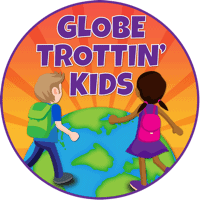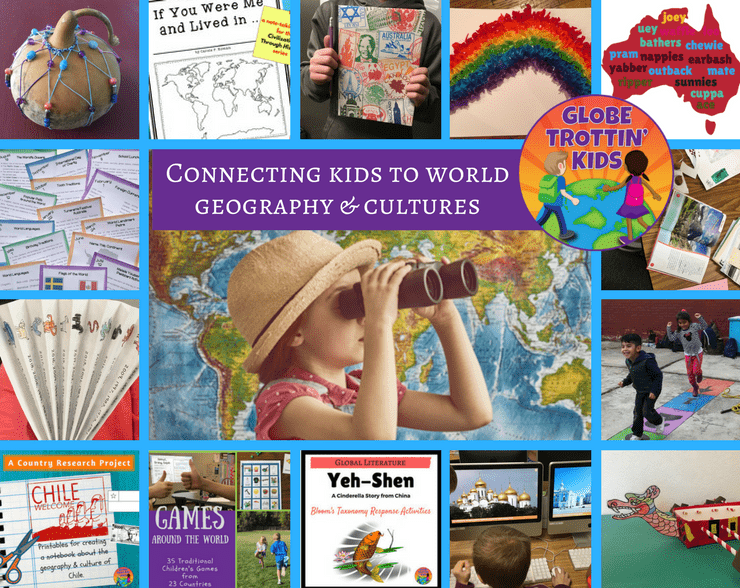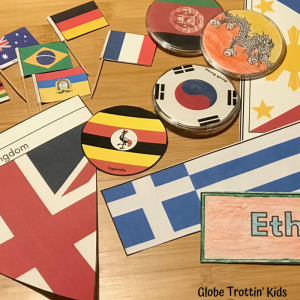40 Ways to Go Global in the Elementary Classroom
Children need lots of opportunities to learn about the diverse world around them.
Exploring world geography, reading multicultural literature, researching world cultures, playing traditional games, and being involved in service to others are just some of the 40 Ways to build your classroom community of global learners.
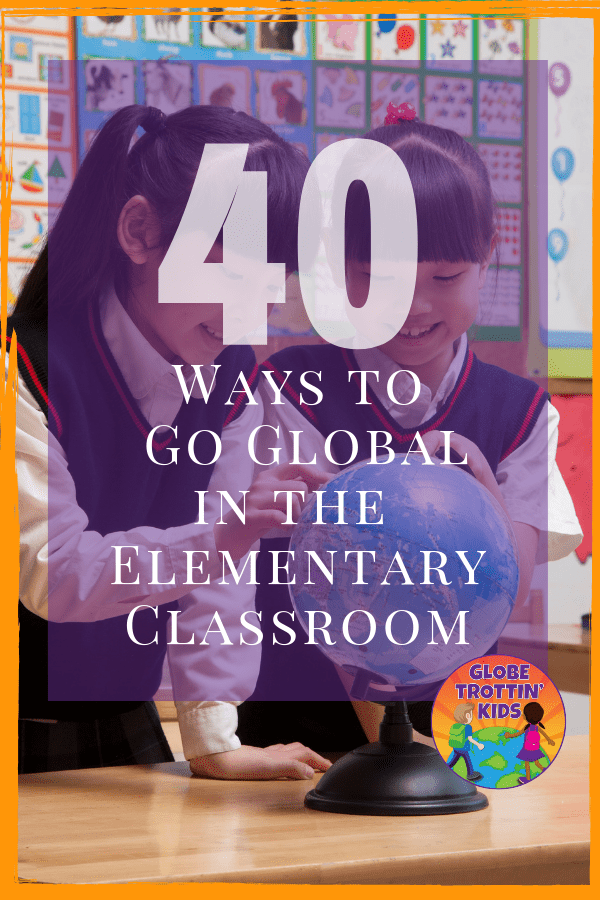
Disclosure: This post contains affiliate links. If you click through, a small commission will be paid to Globe Trottin’ Kids at no additional cost to you.
TOOLS & RESOURCES
1. Bookmark the Globe Trottin’ Kids website – a global learning resource for students and educators.
2. Display a world wall map. Laminate it first, and use wet erase markers to write/draw on it as you introduce different regions of the world. OR… get a world map shower curtain to attach to your wall. If it’s transparent, consider hanging it in front of a window.
3. Have at least one globe accessible to students. Inflatable globes are great for individual and small group work – and fun for the kids to bring outside.
4. Provide a variety of books about world geography, cultures, landmarks, people, animals, etc.. Include picture books, chapter books, magazines, biographies, poetry, and lots of reference books.
5. Diversify your class library. Be sure there are books that represent all of the students in your classroom. Bookmark resources for diverse book suggestions, reviews, and activities you can use all year long.
- Kids Travel Books
- Colours of Us
- Multicultural Children’s Book Day Linky (with almost 500 posts, there’s something for everyone)
- Diversity Book Lists & Activities
6. Practice map skills throughout the year and across content areas. Map the setting of a story, write a shape poem about the country, and research facts about the country. Printable Maps offers free continent and country maps for students.
7. Discover the world, different cultures, and diversity with Joy Sun Bear – a kind and adventurous sun bear.
8. Explore the World! with our interactive map.
9. Use world flags for decorations, presentations, international events and more!
10. Download Google Earth and explore. Fly anywhere and take virtual tours of anything on Earth. These video tutorials will introduce how to use the various features.
LESSONS & ACTIVITIES
11. Read What Does It Mean To Be Global? by Rana DiOrio. (Available in French and Spanish.) Through simple text and beautiful illustrations, young learners will discover that being global means being a citizen of the world. Click here for a literature discussion guide and links to related activities.
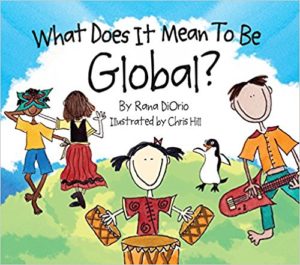
12. Browse units, lessons, and activities from National Geographic.
13. Investigate world geography and cultures with our Country Research Projects. Students complete a variety of engaging activities as they research the geography and culture of various countries. Great for a whole class investigation, cooperative learning groups, or an individual project.
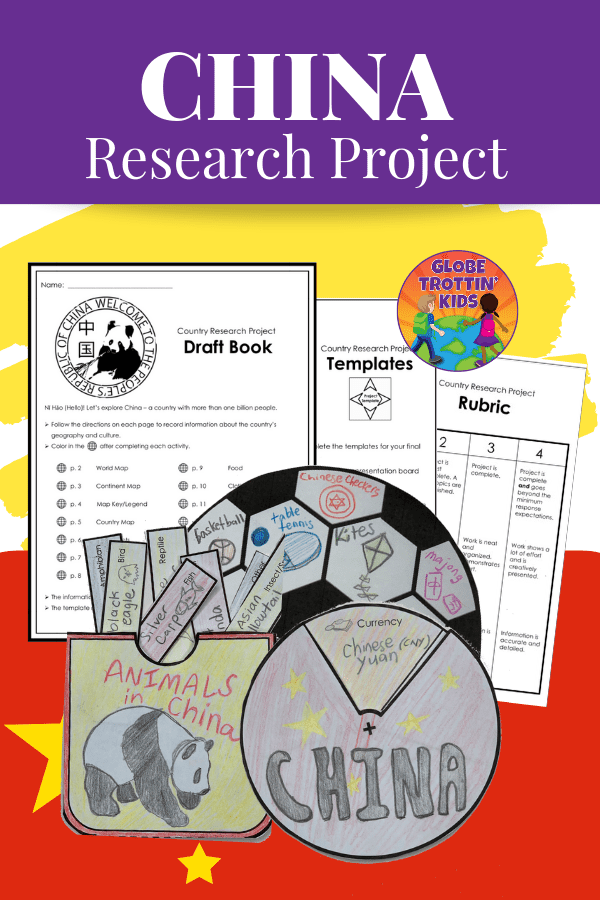
14. Discuss current events. DOGO News provides interesting articles about topics from around the globe. You have to subscribe to get the related worksheets, but you don’t need those – let the kids guide the discussion. (*Be sure to get the most current edition.)
15. Participate in the annual “Peace Day” celebration on September 21. Find ideas, and print a toolkit from Peace One Day.
16. Visit schools around the world. First, watch the video. Then, click on the map to see each photo and read the caption. Discuss similarities and differences.
17. Provide opportunities for kids to practice geography skills with free online games.
18. Read multicultural folk tales, fairy tales, and myths to younger students. Compare versions of Cinderella from around the world.
Add a cultural twist to your fairy tale unit with Yeh-Shen: A Cinderella Story from China and our engaging response activities.
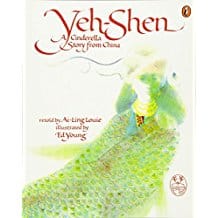
19. Recognize Human Rights Day on December 10. Teach students about The Universal Declaration of Human Rights adopted by the United Nations in 1948.
20. Discuss the right to education, and how that is not the reality for all. Introduce Malala Yousefzai’s story and her fight for this right. Decide how you can help.
21. Explore world languages. Learn different ways to say hello and goodbye in different languages.
Create a class poster to display and use as a reference throughout the year. As you study different countries, make a word wall to display common words and phrases in the country’s official language(s).
22. Play traditional games from other countries. Games Around the World includes directions cards, a world map, and response sheets that kids will love all year long.
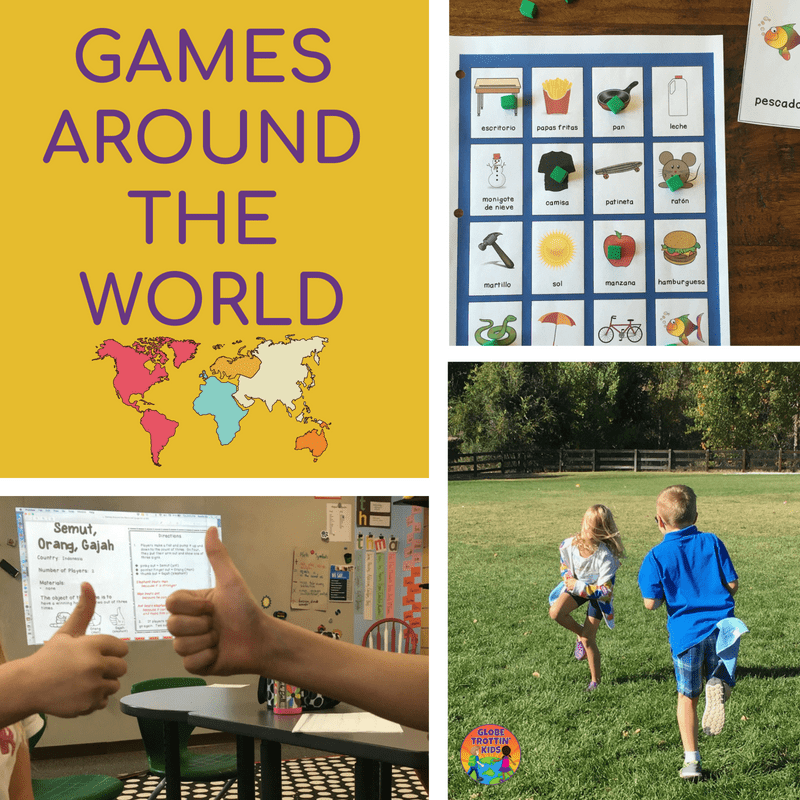
23. “Globalize” your brain breaks and dance parties. Kid World Citizen compiled 25 songs from around the world that are sure to get kids (and teachers) moving and singing.
24. Read books from the “If You Were Me and Lived in …” ancient civilizations series by Carole P. Roman. Print our FREE note-taking guide.
25. Schedule global art projects. We have a Pinterest board with lots of fun ideas for you.
26. Discover musical instruments from around the world with Daria – World Music for Children.
Listen to the sound of an instrument, listen to that instrument being played in a song, color the instrument online (or print & color), and then follow written directions to make the instrument.
27. Schedule visitors (family members, business leaders, and community members) to share their culture and travels.
28. Practice solving elapsed time problems with real-time data from the World Clock.
Have students take turns choosing two cities and locating the cities on the world map. Then ask students to figure out the time difference between them.
Ask students to solve problems that involve adding and subtracting time. For example, it is 10:32 a.m. in London right now. What time will it be in London 3 hours from now? What time was it in London 6 hours and 45 minutes ago?
For an added challenge, adjust the times to require switching between a.m. and p.m. and days.
29. Most countries use the metric system. It is important for students to understand this system. Click here for an introduction to metric units.
30. Explore and convert foreign currencies. Invite students to bring in coins/bills from their own collections to share.
31. Introduce lattice multiplication – a method used for centuries in many cultures. Challenge students to find other math algorithms from around the globe.
32. Host an international luncheon. Each student finds and prepares a dish to share and provides recipe cards for the students to take home. (Be sure to have allergy alerts as well.)
Make a class recipe book for students to give their parents as a holiday gift.
33. Play Free Rice – an online multiple-choice quiz game. For every correct answer you choose, 10 grains of rice are raised to help end world hunger through the World Food Programme. Free, and fun for all ages!
34. Find ways to help and give back, locally and globally. Consider making donations of books, clothing, and toys to charitable organizations, holding fundraisers for a cause, or volunteering to help those in need.
CONNECT OUTSIDE THE CLASSROOM
35. Skype in the Classroom “Take your students around the world without ever leaving the classroom. Skype lessons are live learning activities given by experts via Skype around a specific topic or theme.” Microsoft Educator
36. Mystery Skype “The global guessing game that gets kids learning about geography, culture, and the similarities and differences of how children live all over the world.” Microsoft Educator
37. Virtual Field Trips “Take your students for an adventure without leaving the classroom. Visit our experts out in the field all around the world!” Microsoft Educator
38. Find Guest Speakers “Find hundreds of volunteer guest speakers from around the world on a wide variety of subjects.” Microsoft Educator
39. Organize PenPals, ePals or KeyPals for the year.
40. Participate in the Global Read Aloud. The idea is simple – teachers around the world read the same book aloud to their students and then use technology to share the reading experience with other classrooms.
What do you do to Go Global in the Elementary Classroom?
